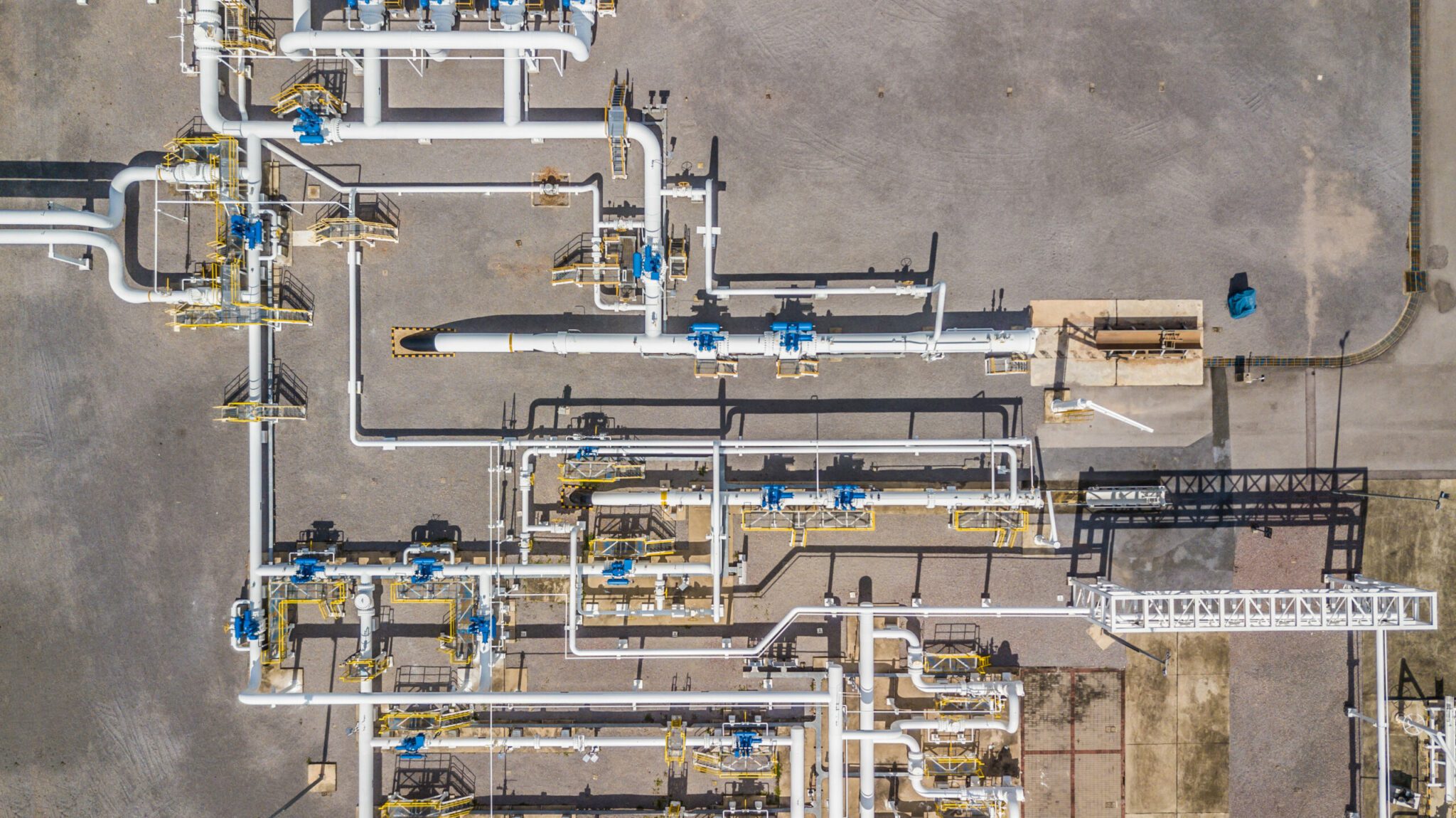Introduction
In this analysis, we assess if synthetic natural gas (e-gas), produced using green hydrogen and biogenic carbon, is a cost-effective and efficient use of renewable electricity for decarbonizing the economy.
Our estimate is based on a case study of TES Canada’s green hydrogen project, known as the Mauricie Project, which proposes to convert 66% of its green hydrogen production to e-gas for injection into Quebec’s main gas network.
We estimate both the energy efficiency and cost per gigajoule of e-gas produced.
Key findings
E-gas energy efficiency: From its production to consumption, we estimate overall energy losses associated with different end-uses of e-gas (including building heating and high/low temperature industrial processes) to range from 57% to 73%.
E-gas cost: We estimate production costs of e-gas to vary between C$40 per gigajoule (GJ) under a very optimistic scenario, and C$90/GJ under a more realistic one. In comparison, natural gas with carbon fees currently sells for C$3-7/GJ in Quebec, and renewable natural gas for C$20-$25/GJ.
Conclusion: Our analysis suggests that the e-gas chain promises to be inefficient and costly for the Quebec economy. Due to the high electricity requirements and energy losses in its production, e-gas will be expensive not only to produce, but also to consume.
You can read the full analysis in our working paper here.
Download the French translation of the working paper here.



